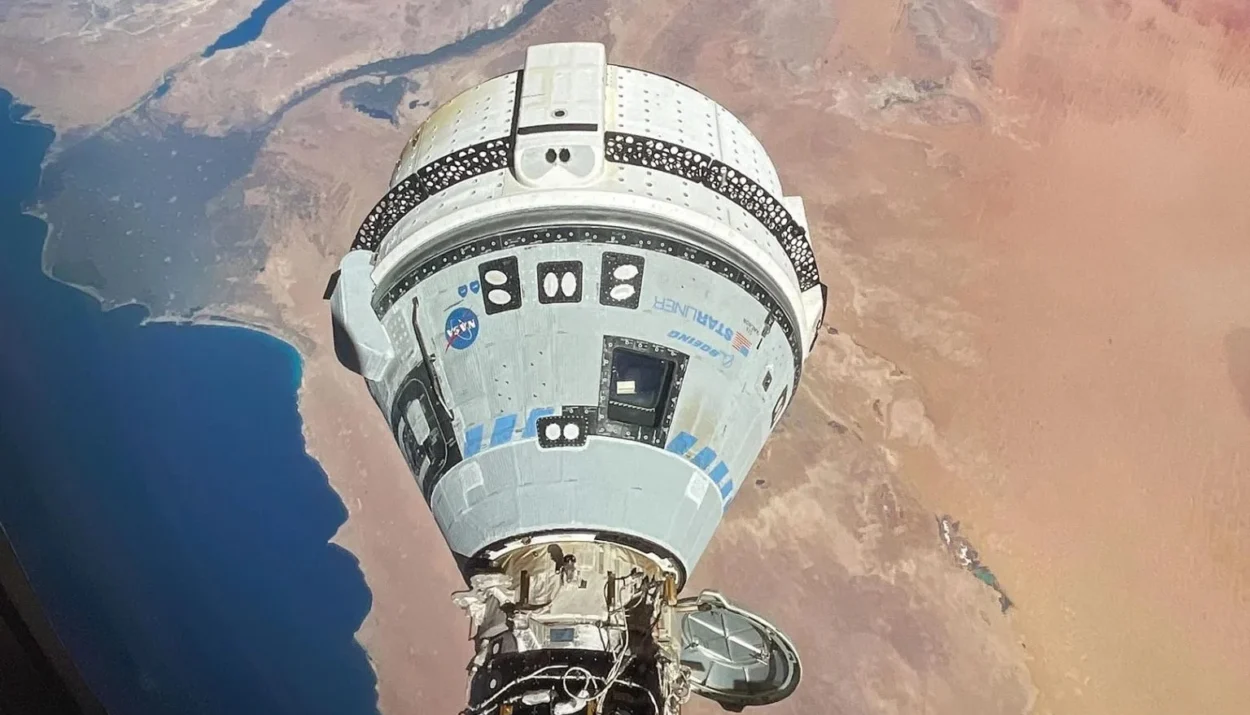The space industry continued its meteoric rise in 2024, marked by groundbreaking milestones and ambitious missions. From SpaceX’s unparalleled engineering achievements to the evolving role of private companies and international players, this year showcased a new era in space exploration and commercial spaceflight. Here are the top five standout moments or trends that shaped the industry.
1. Boeing’s Starliner Struggles Become a SpaceX Win
Boeing’s long-anticipated Starliner crewed test mission turned into a logistical and reputational challenge. After technical malfunctions during its approach to the International Space Station (ISS), NASA opted to return the two onboard astronauts using SpaceX’s Dragon capsule instead. While the Starliner’s flawless touchdown was a relief, the mission exposed Boeing’s continued struggles, with over $1.6 billion in development overruns. The setback underscored SpaceX’s dominance as NASA’s preferred partner for crewed missions.
Source: NASA
2. SpaceX Nails Historic Super Heavy Catch
In October, SpaceX achieved a feat many thought impossible: catching the Super Heavy booster mid-air using arms from its launch tower. While the Falcon 9’s landing capabilities are legendary, the Super Heavy’s immense size and complexity made this catch method a necessity. This engineering marvel demonstrates SpaceX’s relentless innovation and sets the stage for more sustainable rocket reuse, despite challenges in perfecting the technique.
Source: SpaceX
3. First Private Spacewalk by Polaris Dawn Crew
The Polaris Dawn mission, led by billionaire Jared Isaacman, made history with the first-ever private spacewalk. Isaacman and SpaceX engineer Sarah Gillis exited their Dragon spacecraft to perform critical tests on SpaceX-designed spacesuits. This milestone highlights the growing capabilities of commercial space missions, pushing the boundaries of safety and exploration.
Source: Polaris Dawn
4. A Lunar Rush: Mixed Results for Moon Landings
The moon was a prime target this year, with four landing attempts from Japan, China, and U.S.-based companies Astrobotic and Intuitive Machines. While China’s Chang’e 6 mission succeeded in landing and returning samples, other missions faced setbacks, including failed landings by Intuitive Machines and JAXA. Despite mixed outcomes, the diversity of participants signals a competitive and evolving lunar exploration landscape.
Source: Intuitive Machines, JAXA
5. Space Force Fuels the Commercial Space Race
The U.S. Space Force played a pivotal role in shaping the space ecosystem with substantial investments in commercial capabilities. Major awards included $733 million for eight SpaceX launches and $515 million for Rocket Lab’s 18 satellites. Contracts with defense-oriented startups like Anduril also signal the Pentagon’s commitment to leveraging commercial innovation for national security.
Source: U.S. Space Force
Looking Ahead
The achievements of 2024 highlight the rapid evolution of space exploration and commercialization. As private companies continue to push the limits of technology and international players ramp up their ambitions, the coming years promise even greater breakthroughs in humanity’s journey beyond Earth.










